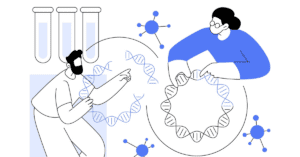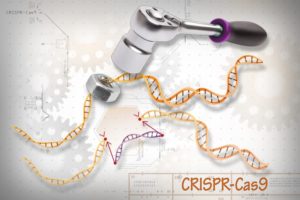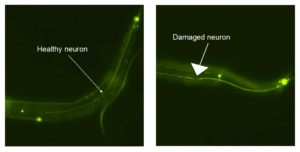
Discovering Hope for Friedreich’s Ataxia: Understanding Gene Therapy Trial Design
Written by Kaitlyn Neuman Edited by Sarah Donofrio Lessons learned from Friedreich’s Ataxia patients and families: Gene therapy, trial participation, and managing expectations. What is Friedreich’s Ataxia? Friedreich’s Ataxia (FA) Read More…
















